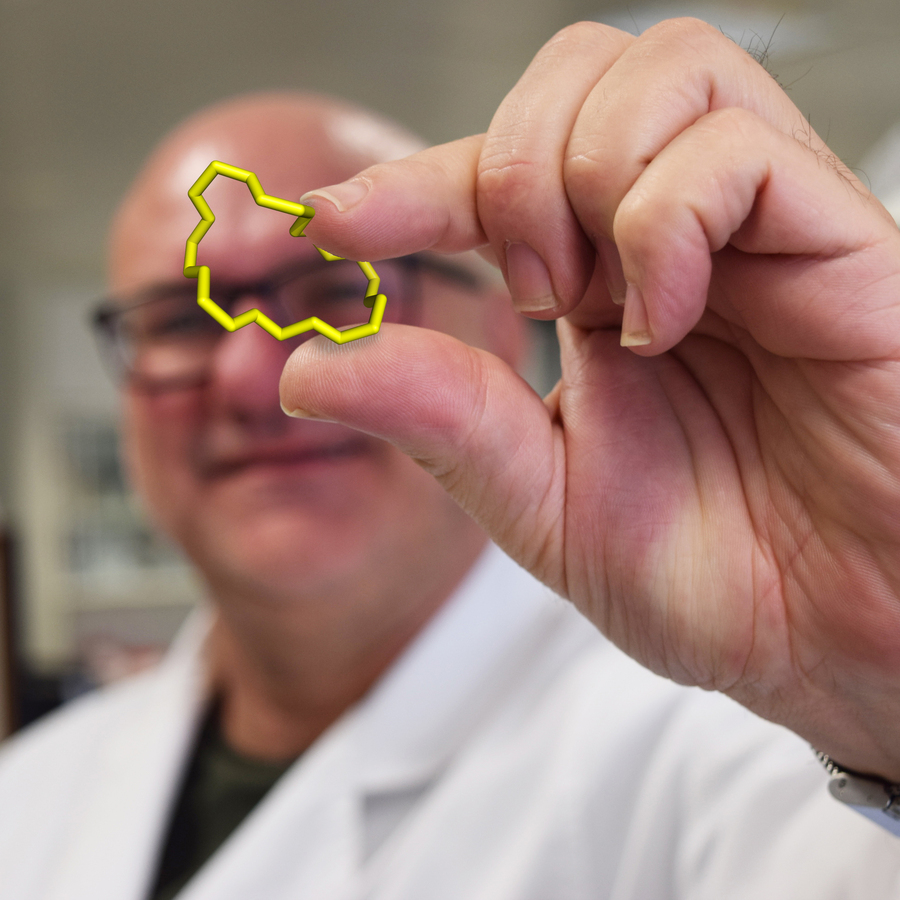Australia has a proud history in the discovery of small plant proteins (peptides) that adopt a cyclic structure. However, the significance of the 1950’s Australian discovery of evolidine - the first peptide of its kind identified in plants - became overlooked with time, with the literature gradually coming to credit the German discovery of cyclolinopeptide A in flaxseed as the first plant cyclic peptide, despite its cyclic nature only being understood 11 years after evolidine.
A group of researchers from The University of Western Australia, La Trobe University, The University of Queensland and James Cook University have now brought the forgotten discovery of evolidine back into the limelight with a new study of its genetic origin and its family.
Cyclic peptides are unusual in that their head and tail are joined to form a circle. They have proven to be useful natural products that include some antibiotics and anti-tumour compounds.
In this new study, de novo transcriptomics was used to profile the genes in leaves of the Australian rain forest tree Melicope xanthoxyloides, in which evolidine was first discovered. Confirming these genes using tandem mass spectrometry led to the discovery that evolidine is just the first peptide identified from what appears to be a large family. It also revealed sequences that suggest the existence of novel cyclizing enzymes in plants (important in the biosynthesis of cyclic peptides), beyond the two that are already known, that are awaiting discovery.
The study was led by scientists at UWA’s School of Molecular Sciences and involved two nodes of the ARC Centre of Excellence in Plant Energy Biology, structural biologists at UQ’s School of Biomedical Sciences and a botanist at the Australian Tropical Herbarium, James Cook University.
Fisher MF, Payne CD, Chetty T, Crayn DM, Berkowitz O, Whelan J, Rosengren KJ and Mylne JS (2020) The genetic origin of evolidine, the first cyclopeptide discovered in plants, and related orbitides JOURNAL OF BIOLOGICAL CHEMISTRY.
obgJwM9ZAsMjo9rqD

